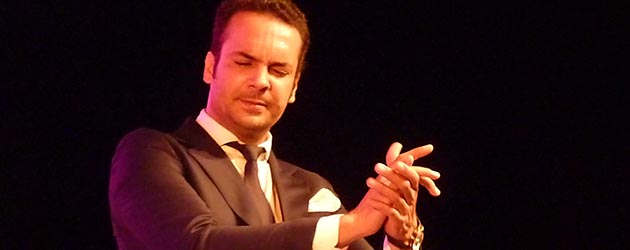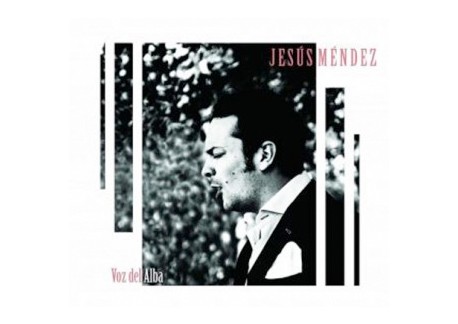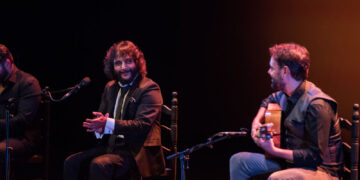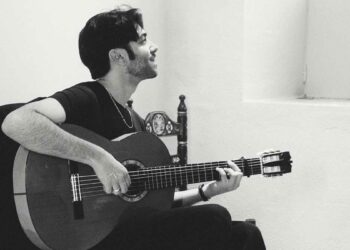Photos and text: Estela Zatania
Friday, July 7th, 2017. 10:00pm. Alcázar de Jerez
RECORD PRESENTATION
Nowadays, when young flamenco interpreters are demanding complete freedom, Jesús Méndez claims his as well to deliver the most classic flamenco singing of his hometown of Jerez, of his family and of his San Miguel neighborhood.
Voice: Jesús Méndez. Guitar: Manuel Parrilla, Diego del Morao, Dani de Morón, Manuel Valencia, Antonio Rey. Chorus: Los Mellis. Percussion: Cepillo, Luis de Periquín. Rhythm: Manuel Salado, Diego Montoya, Juan Diego Valencia.
Jesús Méndez isn’t the kind of singer who wears jeans and a T-shirt to give a recital for one-thousand four-hundred people at the historic Jerez fortress known as the Alcázar. Despite his youth, he’s a serious committed singer who is constructing his career with all the respect the profession requires. This is the young singer Jerez deserves, able to move the most classic sort of singing into the future without allowing it to suffer deformation or dubious modification.
It’s been a long journey since that night, nine or ten years ago, when the singer gave a recital at the venerable Jerez flamenco association Los Cernícalos. Flamenco followers took note of the emerging talent, and since then, there have been important collaborations with Miguel Poveda, El Torta and his mentor, Gerardo Núñez. But tonight is special. For the presentation of his third recording, “Voz del Alba”, his Jerez admirers filled he patio of the historic fortress, and expectation is high: “one of the most important performances of my career” said the singer.
Five top guitarists gave a variety of color to the vocals. Antonio Rey, with his energetic punchy sound, Dani de Morón, contemporary harmony with a traditional touch when required, Manuel Parrilla, the classic sound of his family but with a personality of his own, Manuel Valencia, recent winner of the prestigious Giraldillo who delivers the Jerez feeling full throttle and the versatile Diego del Morao, so admired by young guitarists. The Mellis are also there to add a pop element with their harmonized choruses.
The string of pieces, among others, tonás, soleá, bulería por soleá, cantinas and bamberas, a nearly obsolete form that is enjoying a certain recuperation. A song to the rhythm of tangos is dedicated to Gerardo Núñez and Carmen Cortés “to whom I owe so much”, with the accompaniment of Dani de Morón who also used to go by the name of Méndez, until he decided to use the name of his hometown of Morón. Siguiriyas, with a Mairena delivery typical of the San Miguel neighborhood, where Jesús’ astonishing lung power that never lets up finds its best outlet, and Diego del Morao employs his most traditional style.






























